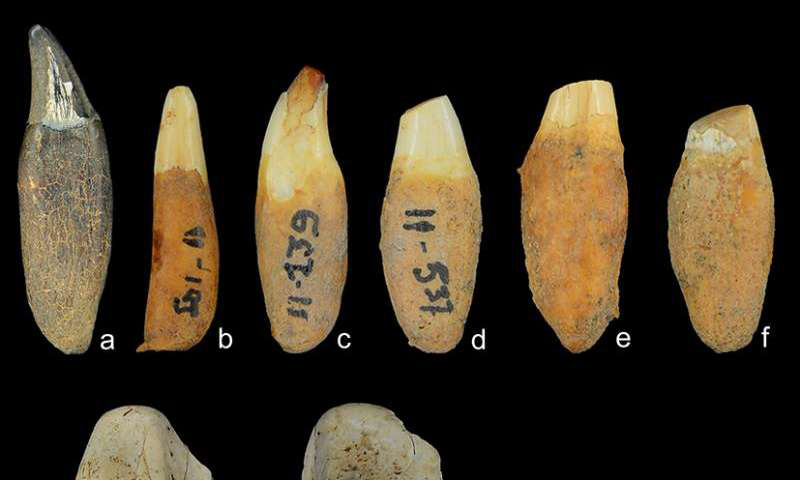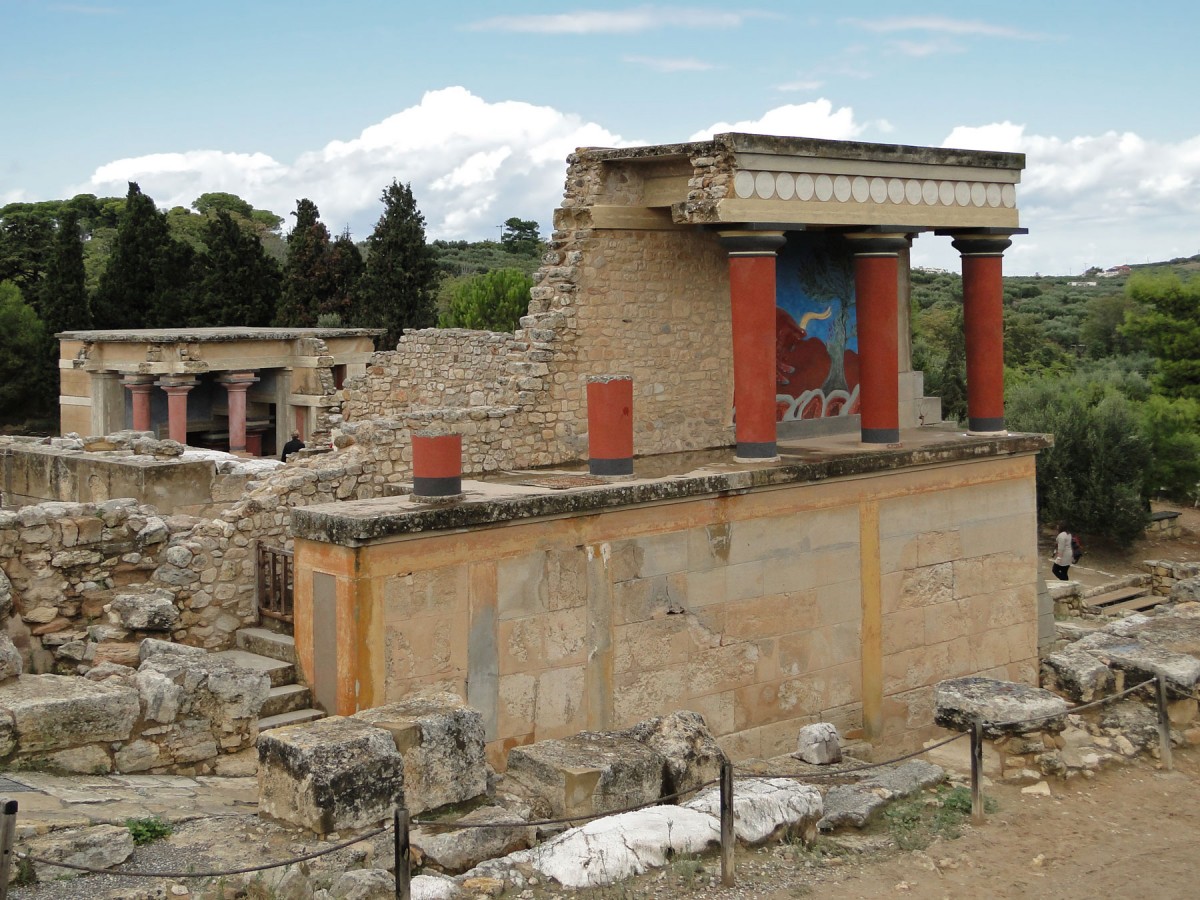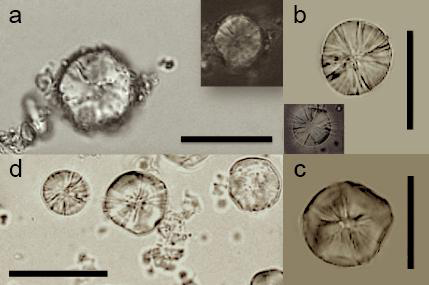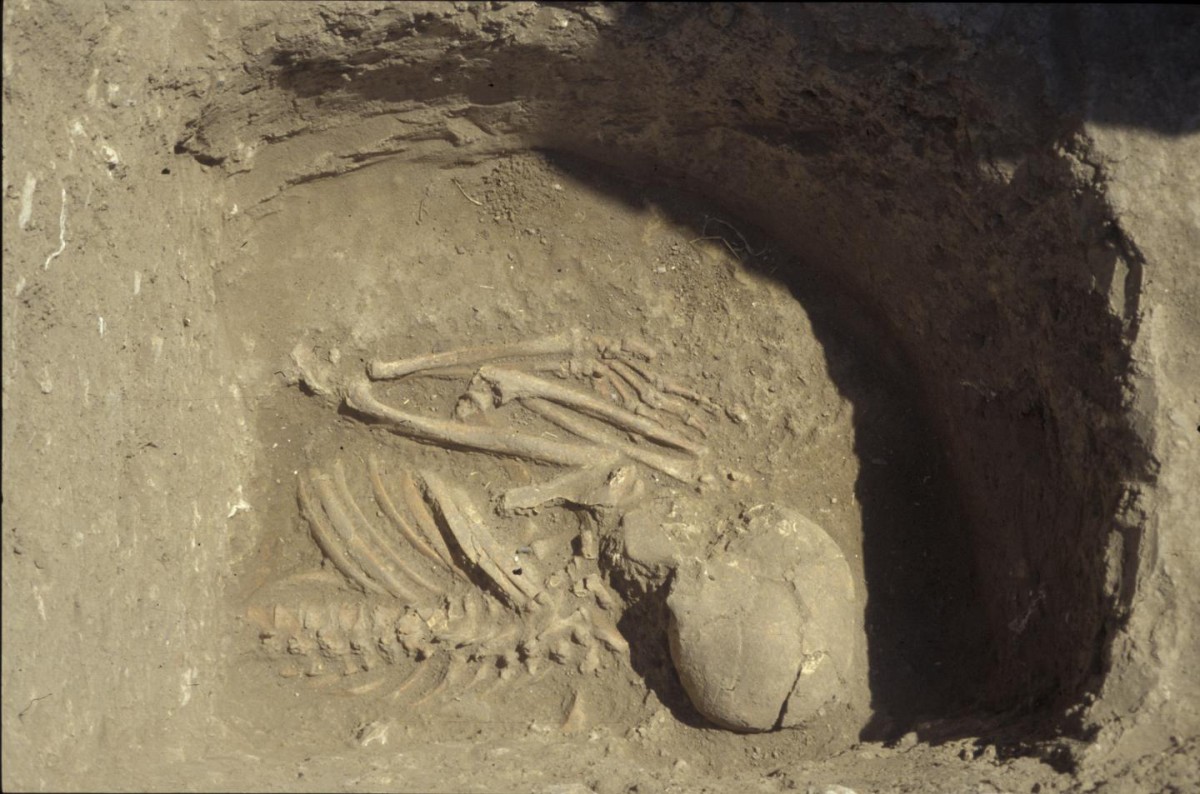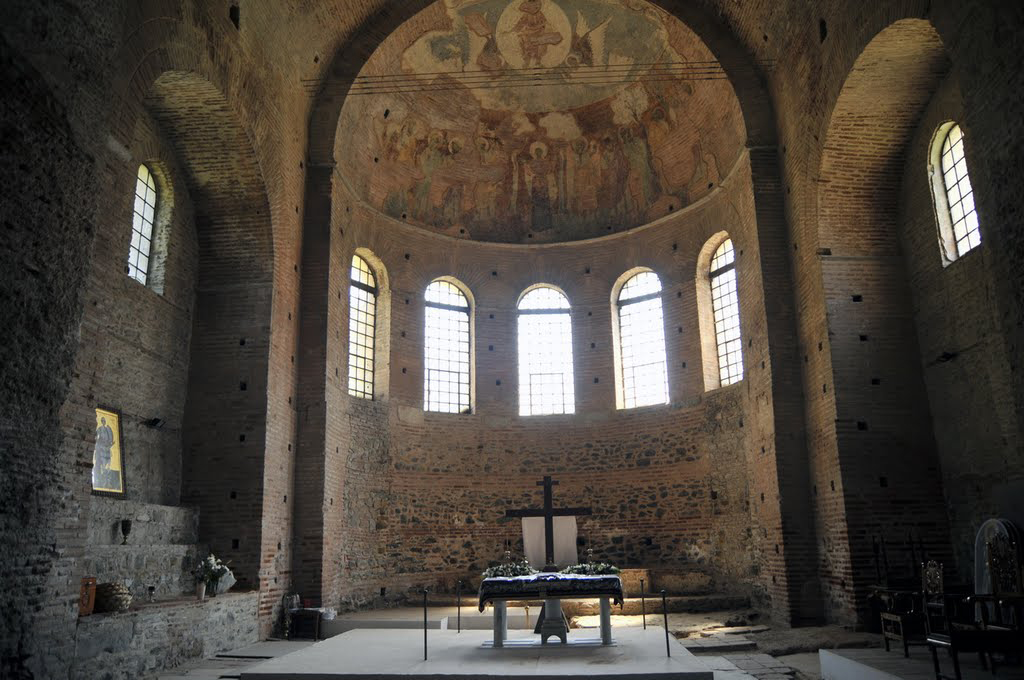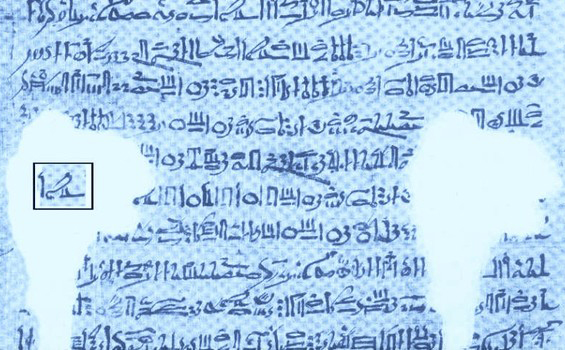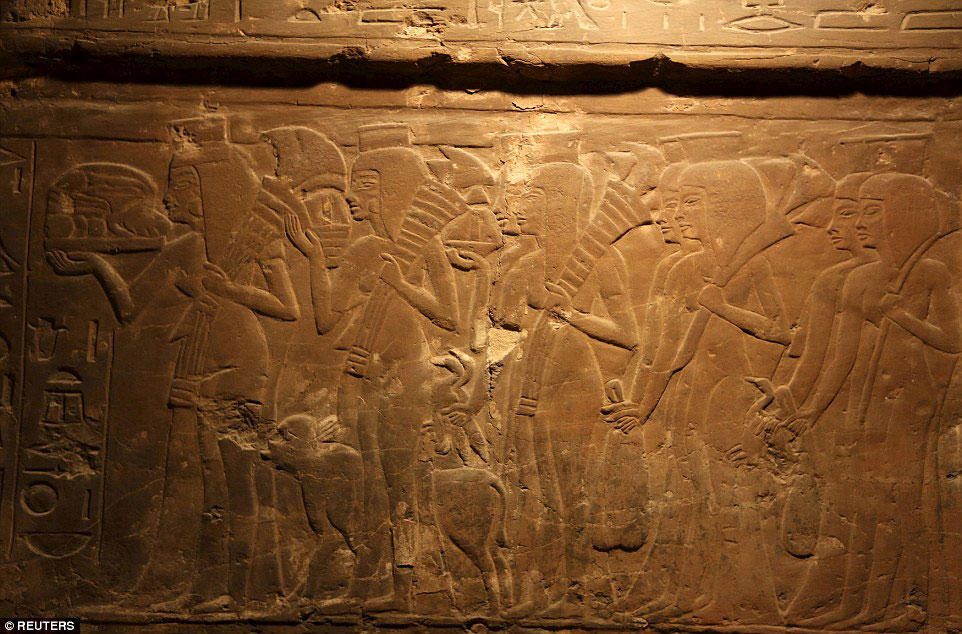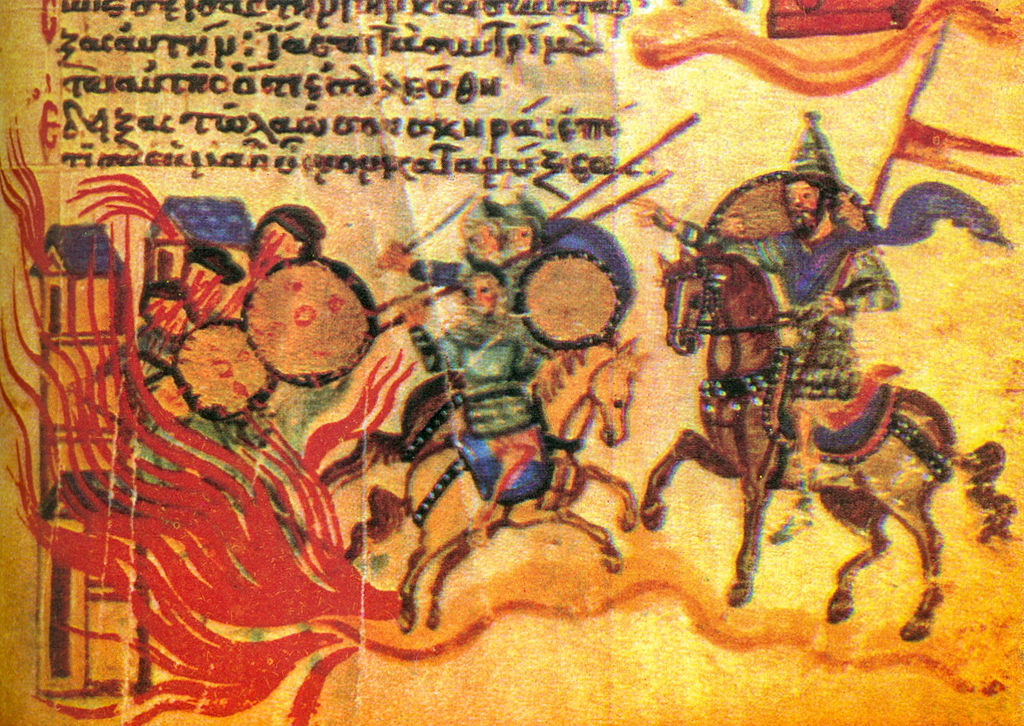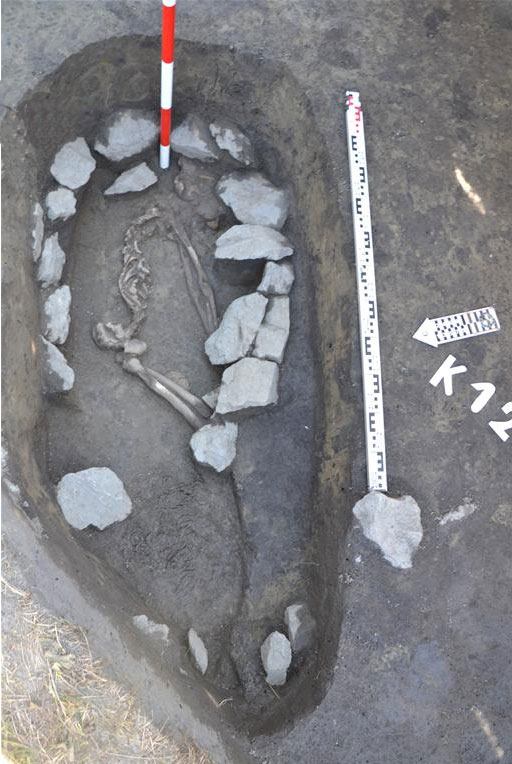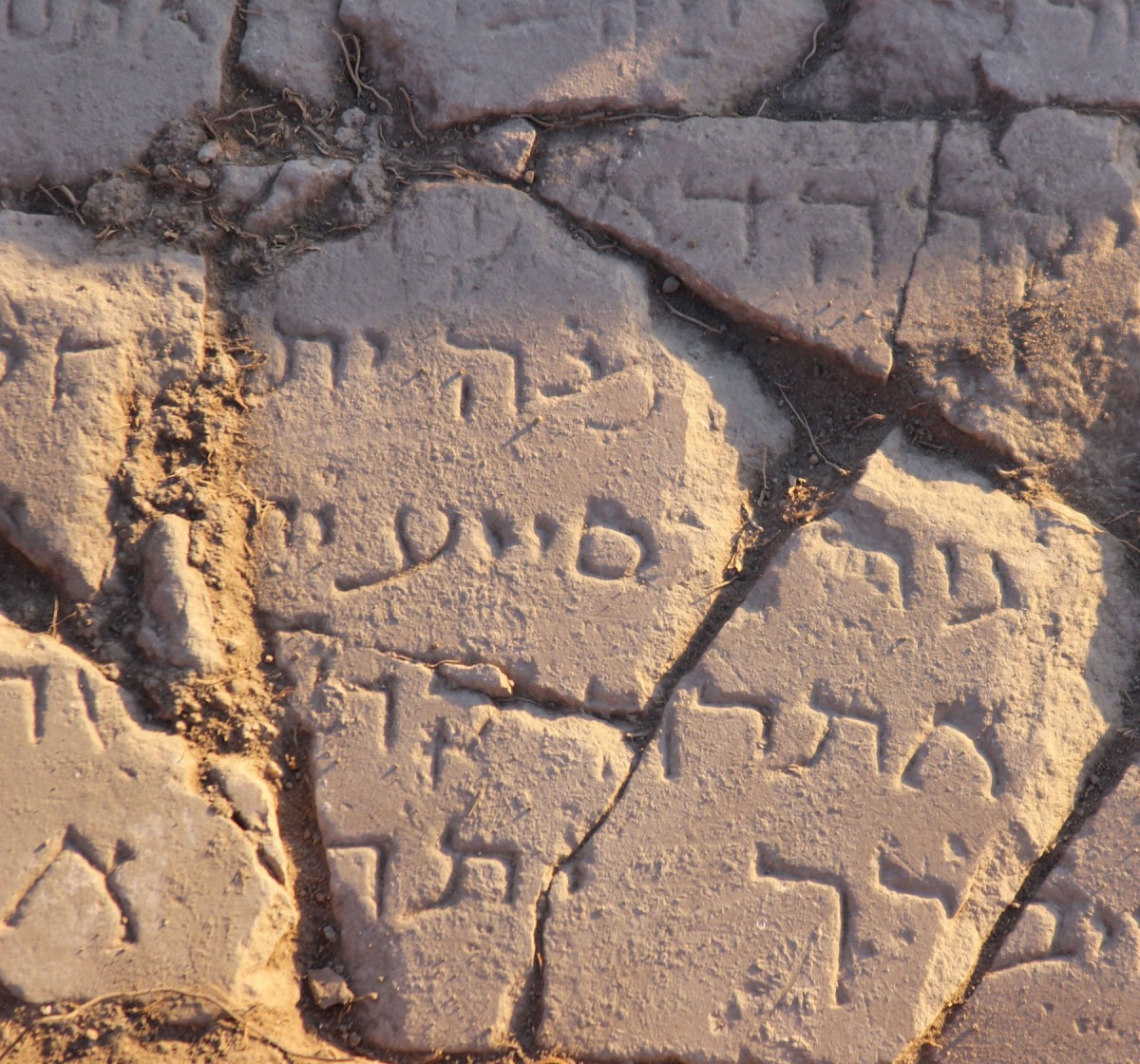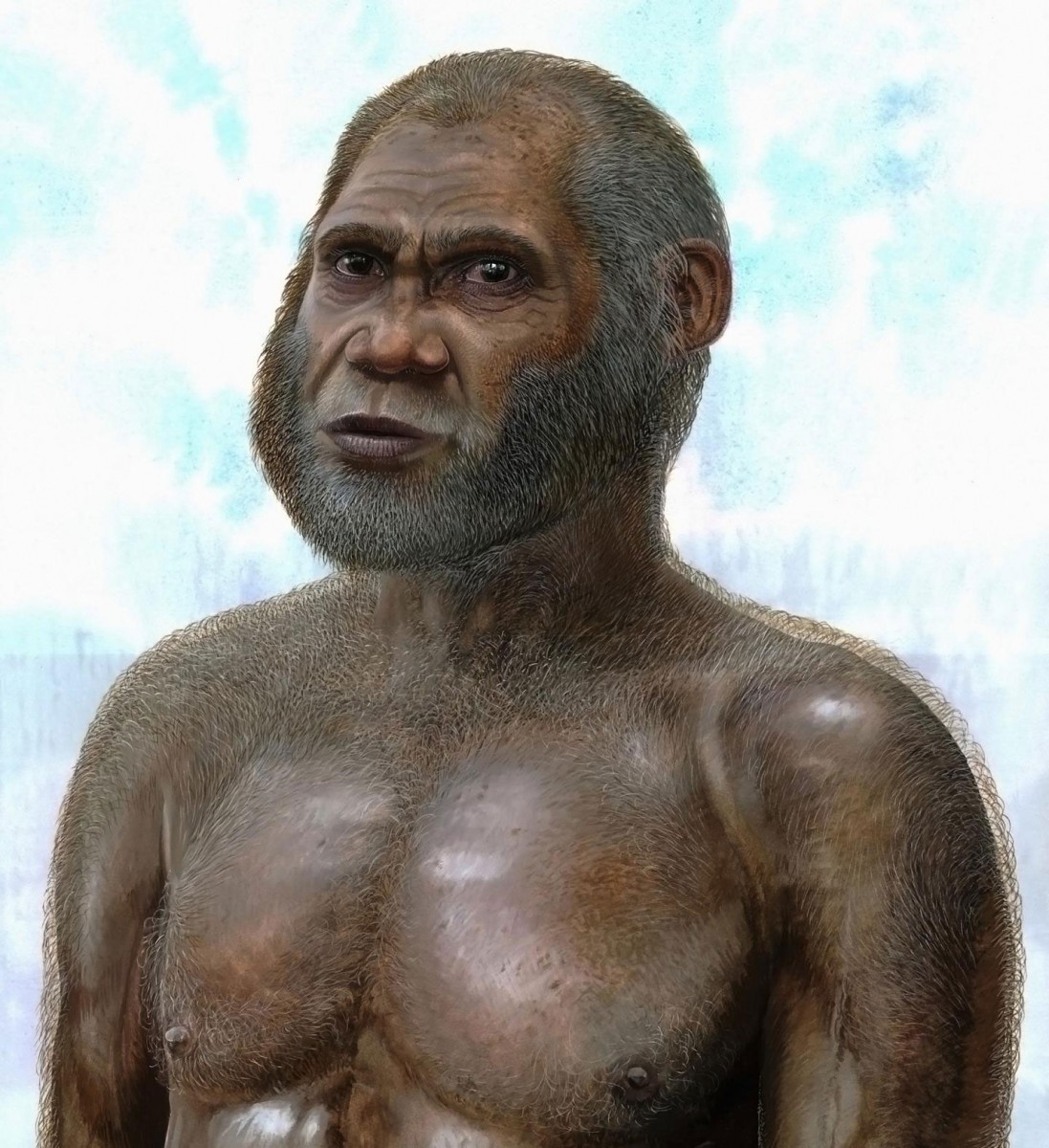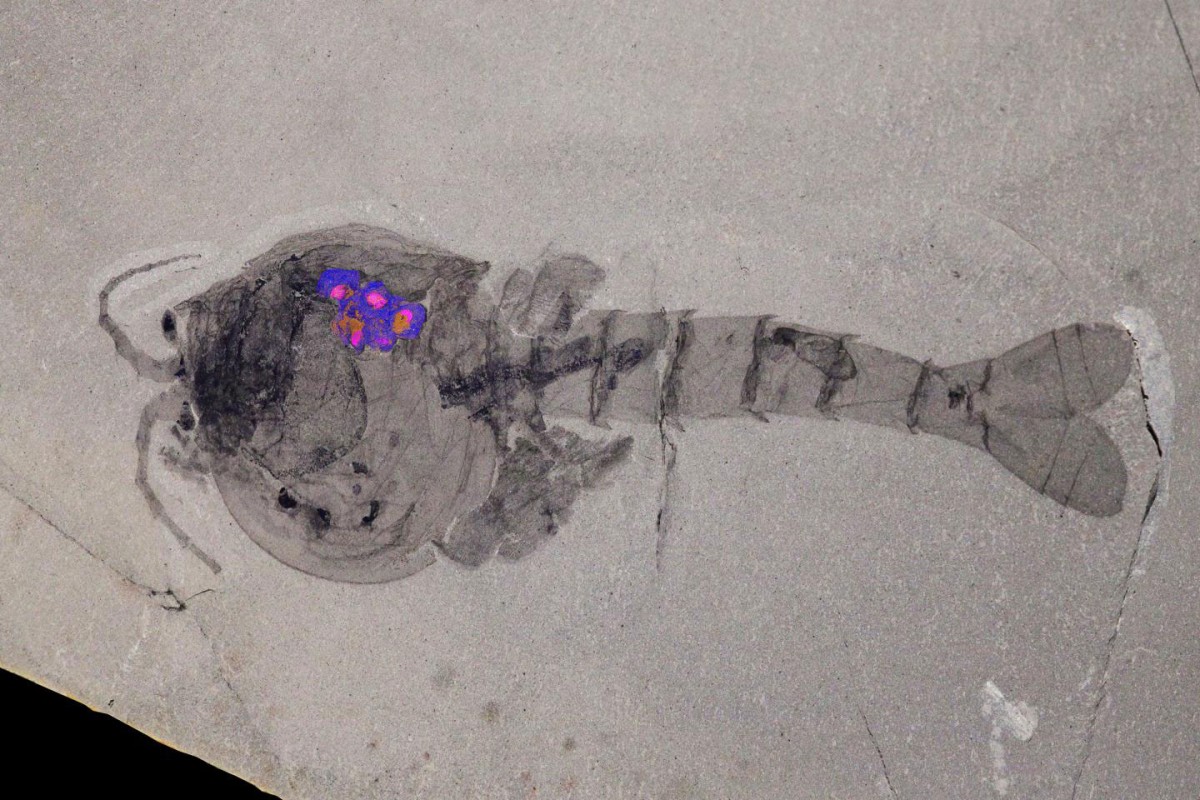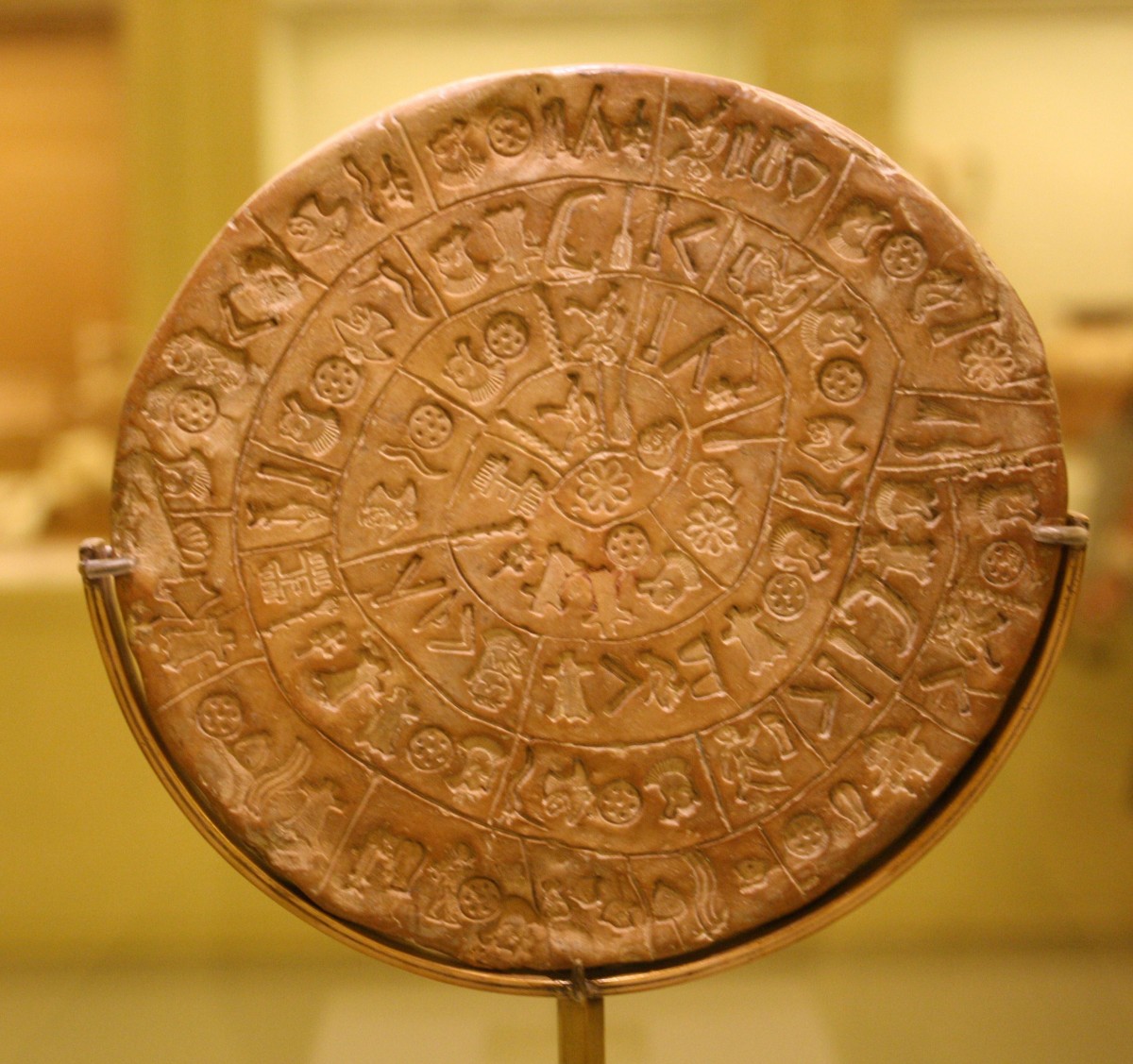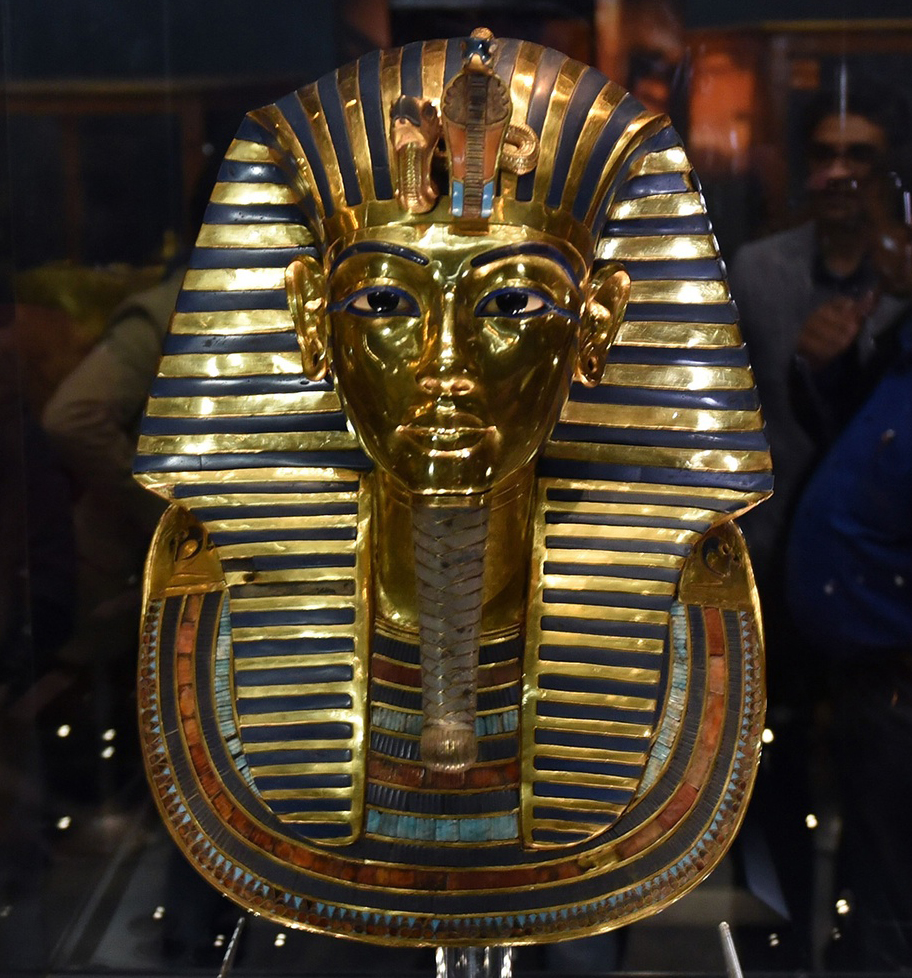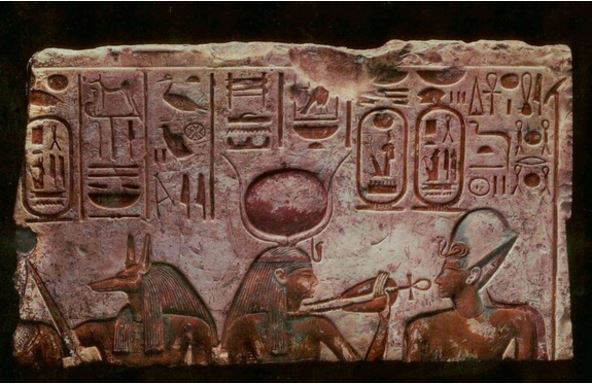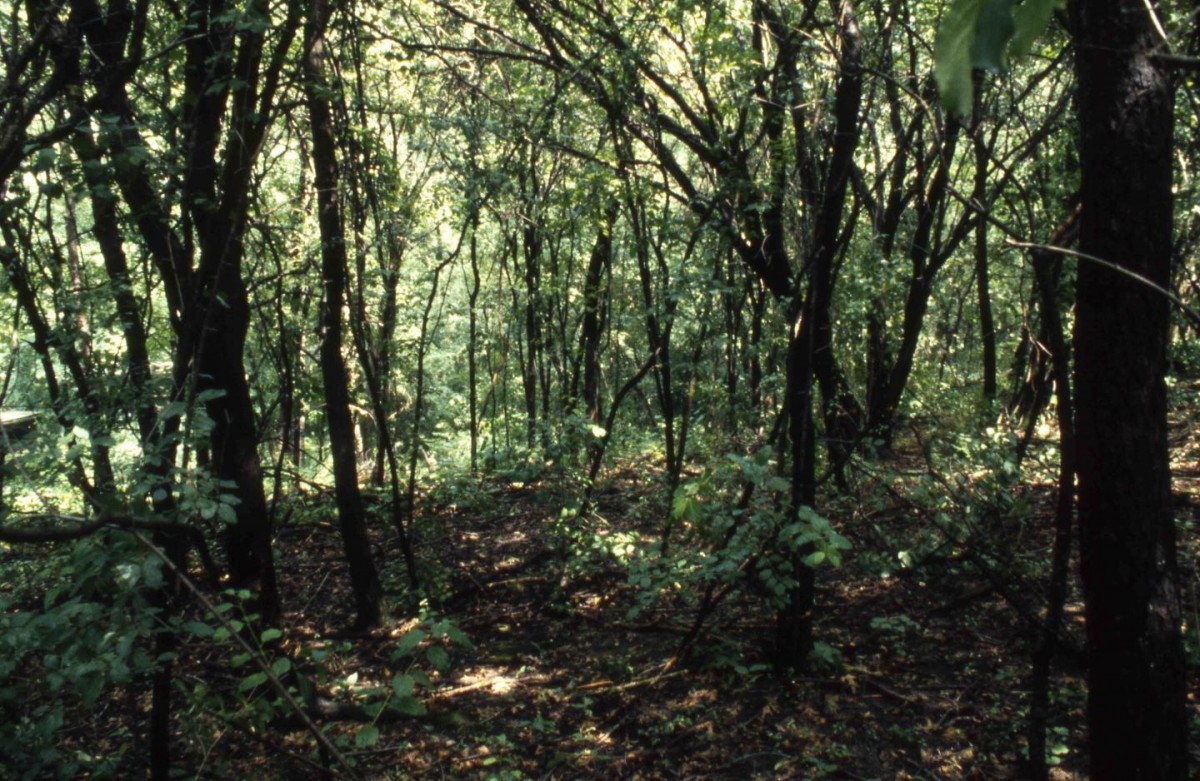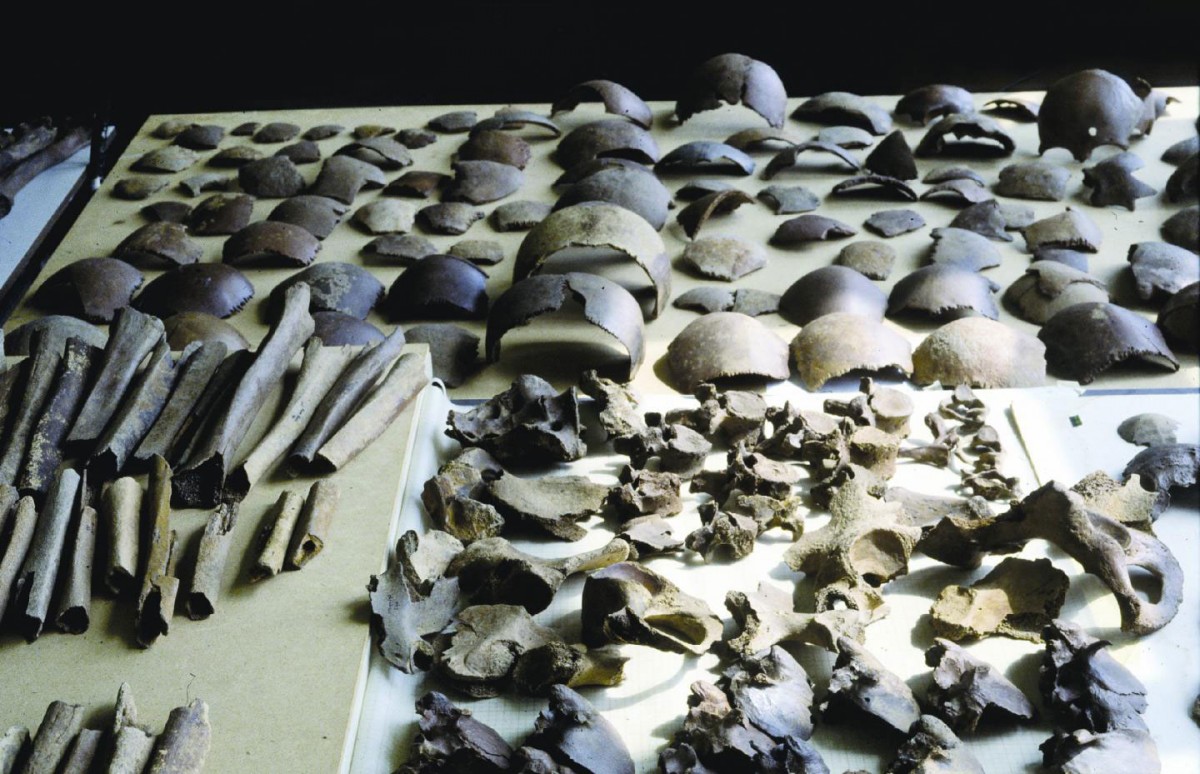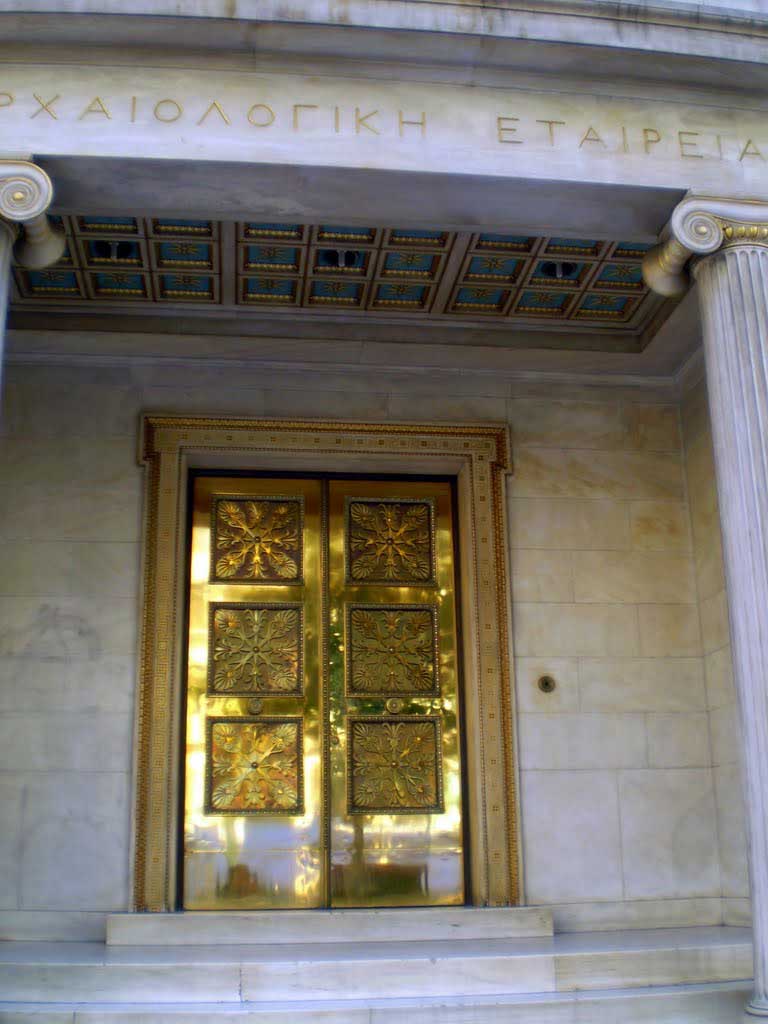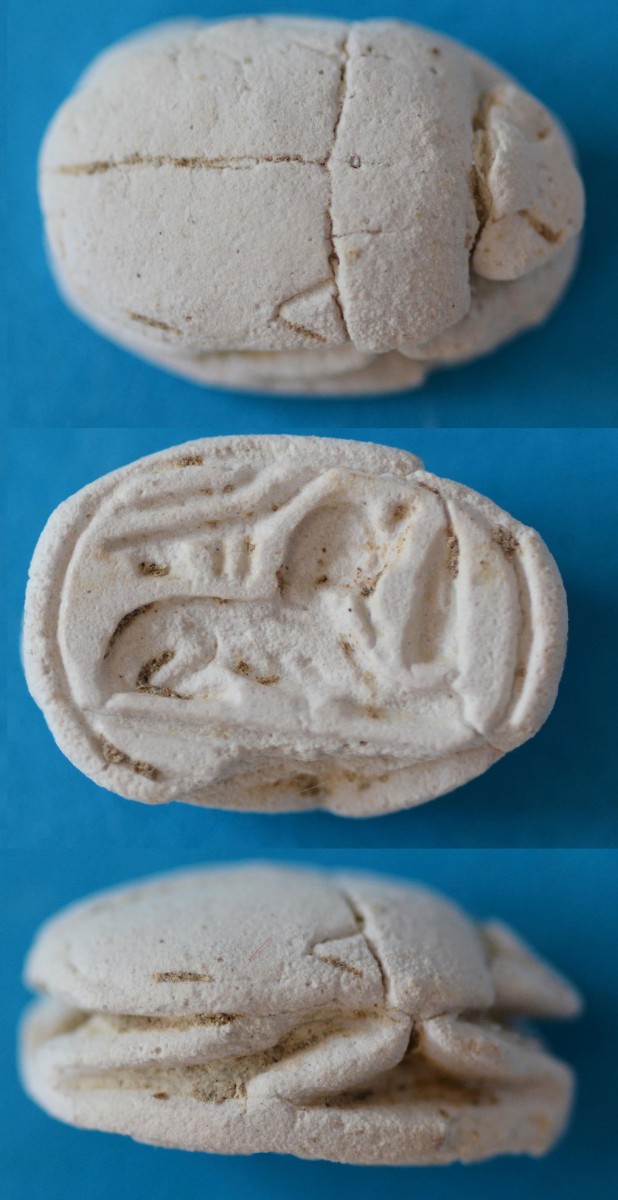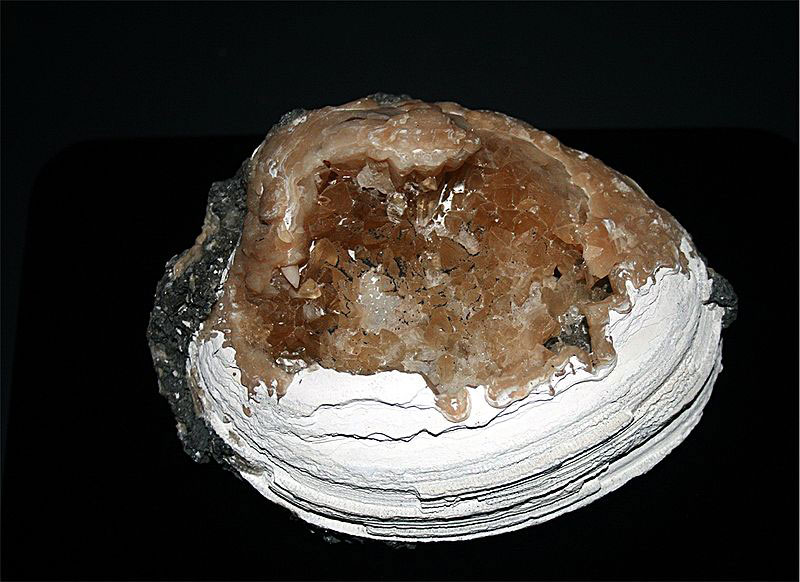Were Panamanian islanders dolphin hunters?
"Were the island's first known inhabitants dolphin hunters or did they merely scavenge beached animals?"
Knossos: Surprising revelations about Europe’s oldest city
New evidence suggests that Knossos not only recovered but also flourished following the collapse of the Bronze Age.
How ancient communities resisted new farming practices
New study suggests that North African communities delayed their move to domesticated grains because it suited their highly mobile style of life.
The first European farmers are traced back to Anatolia
When farming spread throughout Europe some 8,000 years ago, Anatolia functioned as a hub, spreading genes and the new ideas westward.
New Macedonian tomb in Pella
A new Macedonian tomb with four chambers came to light within the modern settlement of Pella during construction works.
The Rotunda has reopened its doors
The Rotunda Church in Thessaloniki, northern Greece, also known as the Church of Agios Georgios, is again visitable since last week, freed from the scaffolding and restored.
Ancient Egyptians described Algol’s eclipses
The Ancient Egyptian papyrus Cairo 86637 calendar contains lucky or unlucky prognoses for each day of one year. Researchers have performed a statistical analysis of the Cairo Calendar mythological texts.
Tomb of Tutankhamun’ s wet nurse to be opened soon
Dr. Mamdouh Eldamaty declared today that the tomb of Maya, the wet nurse of King Tutankhamun will be opened soon for the first time in front of national and international visitors.
Religion and politics led to social tension and conflict, then and now
Religion has led to social tension and conflict, not just in today's society, but dating back to 700 B.C. according to a new study published in Current Anthropology.
Same growth rate for farming, non-farming prehistoric people
Prehistoric human populations of hunter-gatherers in a region of North America grew at the same rate as farming societies in Europe.
Burial sites of Scythian nomads in the North Altai
A necropolis consisting of over 100 mounds, in which Great Steppe nomads were buried 2500 years ago, has been studied by a Russian-Polish team of archaeologists in the vicinity of Mangerok in the North Altai in Russia.
Unique Hebrew Inscription Showing Existence of a Jewish Village at Kursi
Excavations at the Kursi site on the shores of the Sea of Galilee have uncovered an inscription in Hebrew letters engraved on a large marble slab, dating back ca. 1,600 years.
‘Red Deer Cave people’ bone points to mysterious species of pre-modern human
A thigh bone found in China suggests an ancient species of human thought to be long extinct may have survived until as recently as the end of the last Ice Age.
Burgess Shale fossil site gives up oldest evidence of brood care
508 million-year-old Waptia found to have eggs containing preserved embryos.
Phaistos Disk: Goddess of Love key figure for deciphering it
According to Gareth Owens the key figure to solve the mystery of the Phaistos Disk is the Minoan Astarte.
Tutankhamun’s mask restored again
Finally the Famous Mask of the Boy King is in display at its original place inside the Egyptian Museum- Tahrir Square after two months of restoration work.
Egyptian Stela repatriated
The Egyptian Ministry of Antiquities received this week an ancient Egyptian Stela from the Egyptian Ministry of Foreign Affairs after it was repatriated from the UK last October.
Study finds people transformed how species associated after 300 million years
Recent study finds a surprising and very recent shift away from the steady relationship among species that prevailed for more than 300 million years.
New species of ‘sail-backed’ dinosaur found in Spain
New 'sail-backed' Styracosterna dinosaur has tall neural spines on vertebrae.
Location of historic battle fought by Caesar discovered
Vrije Universiteit Amsterdam archaeologist announced the discovery of the location where the Roman general and statesman Julius Caesar massacred two Germanic tribes in the year 55 BC.
Broad Coalitions: Egypt and Crete during the 12th and 18th Dynasties
Minoan Seminar by Nanno Marinatos.
Dromolaxia-Vizakia: New parts of the ancient city came to light
Results of latest surveys at the Dromolaxia-Vizakia site demonstrate that the Late Bronze Age ancient city stretches much further out to the north than earlier thought.
Knowledge gap on extreme change in temperature elucidated
New study by geologist Christoph Korte from University of Copenhagen, Department of Geosciences and Natural Resource Management, provides documentation to explain a previously not understood major change in temperature during the Jurassic.
Chitchat and small talk could serve an evolutionary need to bond with others
Princeton University researchers report in the journal Animal Behaviour that social primates use vocalizations far more selectively than scientists previously thought.
